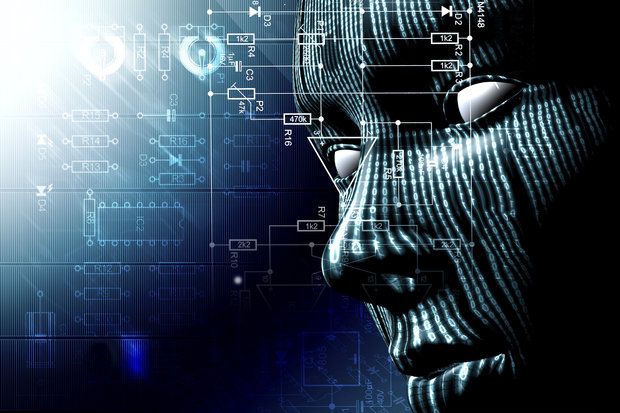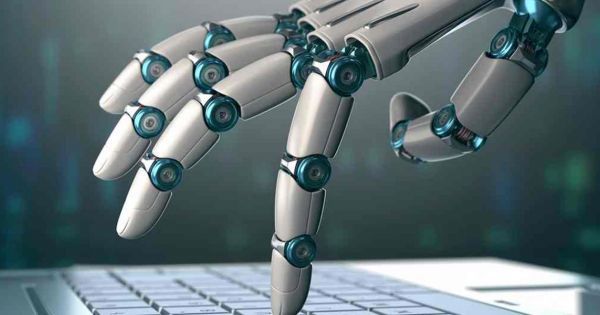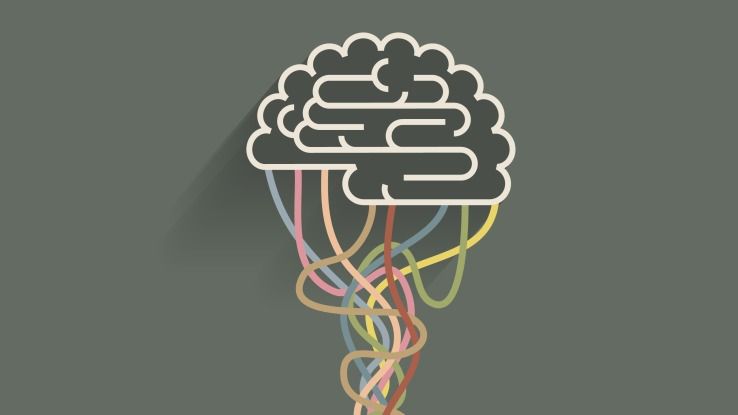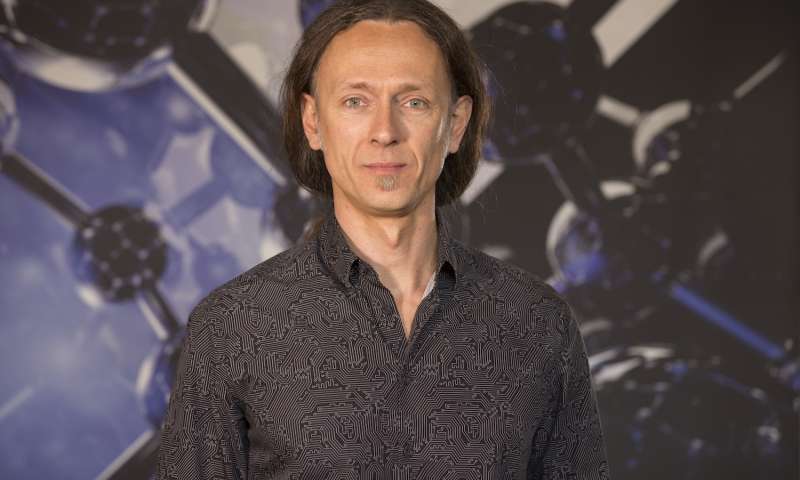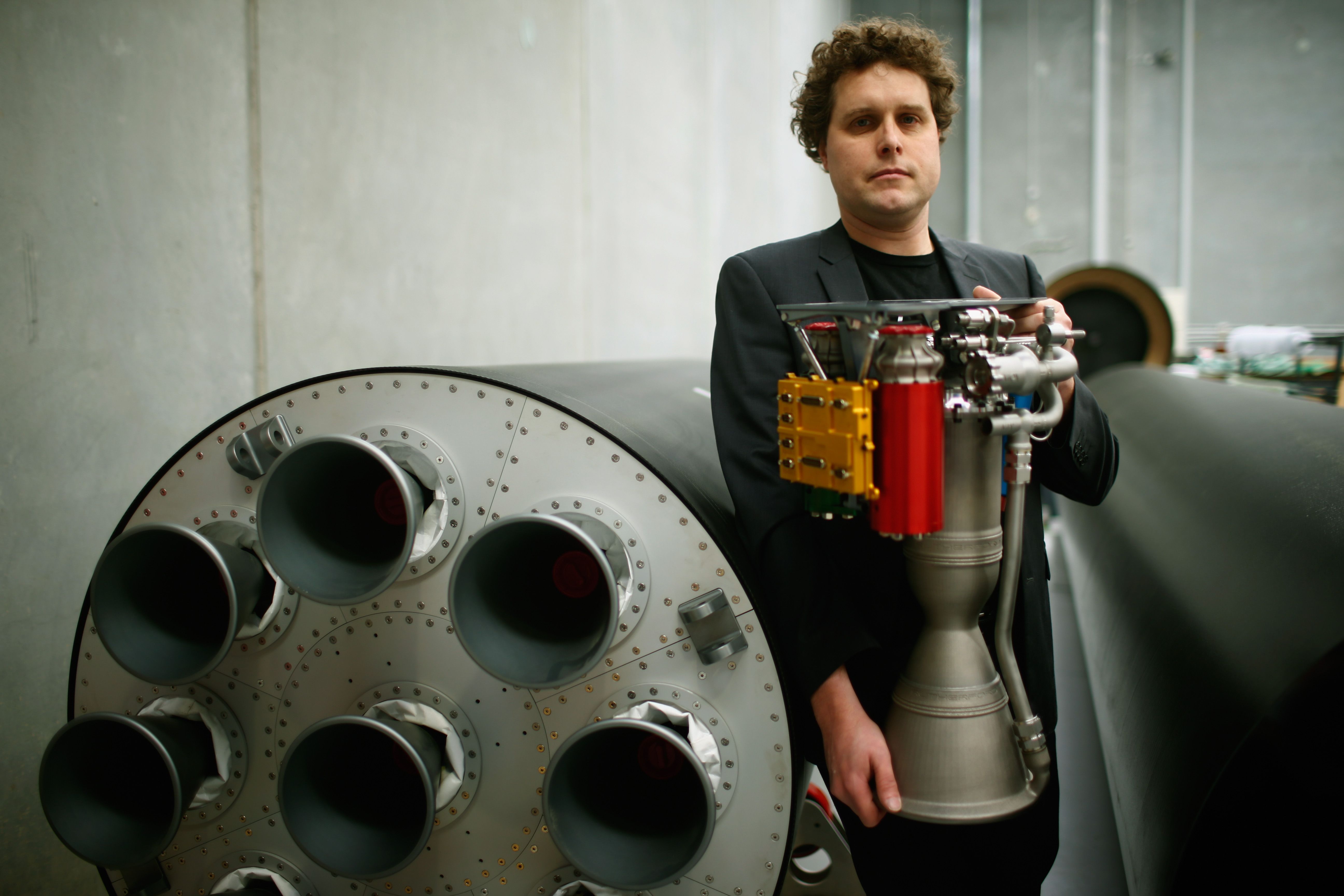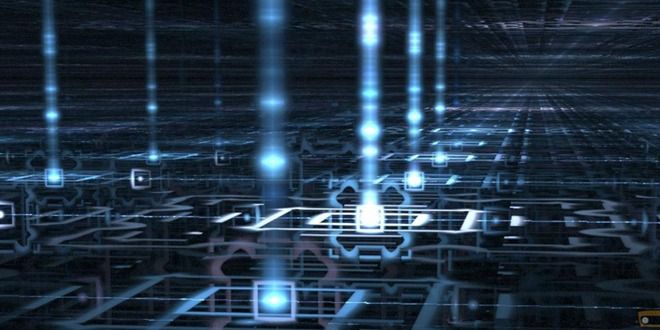Without a doubt, artificial intelligence (AI) will have a profound impact on the footprint of enterprise resource planning (ERP) solutions in the foreseeable future. AI will enable organizations to further optimize their operating model made up of business processes, software applications, governance structures and technology infrastructure.
